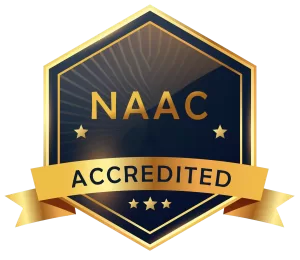Restorative Endodontics V/s Endodontics
Jojo Kottoor, Royal Dental College,,Chalissery, Kerala
Private practice,,Root Canal Point, Maradu, Ernakulam, Kerala
Address for Correspondence:
Jojo Kottoor, Professor, Royal Dental College,
Chalissery, Kerala
E-mail: drkottooran@gmail.com
How to cite this article:
Jojo Kottoor., Point of view; Guest editorial, Restorative Endodontics v/s Endodontics.J Oral Biomed Sci2022;1:5.
Dental caries is the most frequent cause for pulpal inflammation and infection which usually necessitates endodontic intervention of some form. The success of endodontics and specifically ro o t c a n a l t re a tme n t f o r ma n ag eme n t o f inflammatory and infective pulp and periapical pathology is well established in literature. There could be many reasons attributable to success of endodontics and our focus towards it:The patient coming in with pain followed by instant relief after pulpal extirpation or abscess drainage, creating positive feedback and psychologically rewarding experience.The curriculum design and teaching methods in dental school giving priority and emphasis towards endodontics. The step wise gradation along with feedback in teaching of endodontics; from access cavity, working length, master cone to obturation. Better understanding of endodontic biology, physiology and pathophysiology allowing for specific clinical protocols that are repeatable, implementable and majorly successful. Endodontics as a consultant and a specialist branch that is sought after in practice and dental clinics and a speciality recognized by most dental councils and insurance providers. The aesthetics of white lines on a radiograph and the applause on Facebook or other social media platforms. Advances in endodontic instrumentation like apex locators and rotary instruments, physio-chemistry of irrigation and cements, and other aspects of endodontics also play a role. By contrast, restorations both direct and indirect are exacting, technically sensitive and need to include the patient’s view points and feedback to a major extent. It can exist in a wide spectre of a grey zone subjectivity (aesthetics, restorative material, colour matching, post-op sensitivity, occlusal disharmony, restoring tooth anatomy, tight contacts, etc) compared to the binary of black and white(pain or no pain) in endodontics. Technological developments in adhesive dentistry are complex, not easily accessible, have a steep learning curve, expensive to incorporate into daily practice and not necessarily universal in application. Also, most complex restorative techniques are not introduced in under graduate teaching and are merely theoretic in post graduate curriculums. Some examples could be direct margin elevations, managing posterior and anterior proximal cavities and their restorations, bonded adhesive indirect restorations using inlays, onlays and overlays, etc. The practice and culture of our fraternity needs to bring the spotlight back on expanding our restorative craft and challenge ourselves beyond our comfort zones to be better restorative dentists.
Conflict of interests : None
Financial support and sponsorship : Nil

